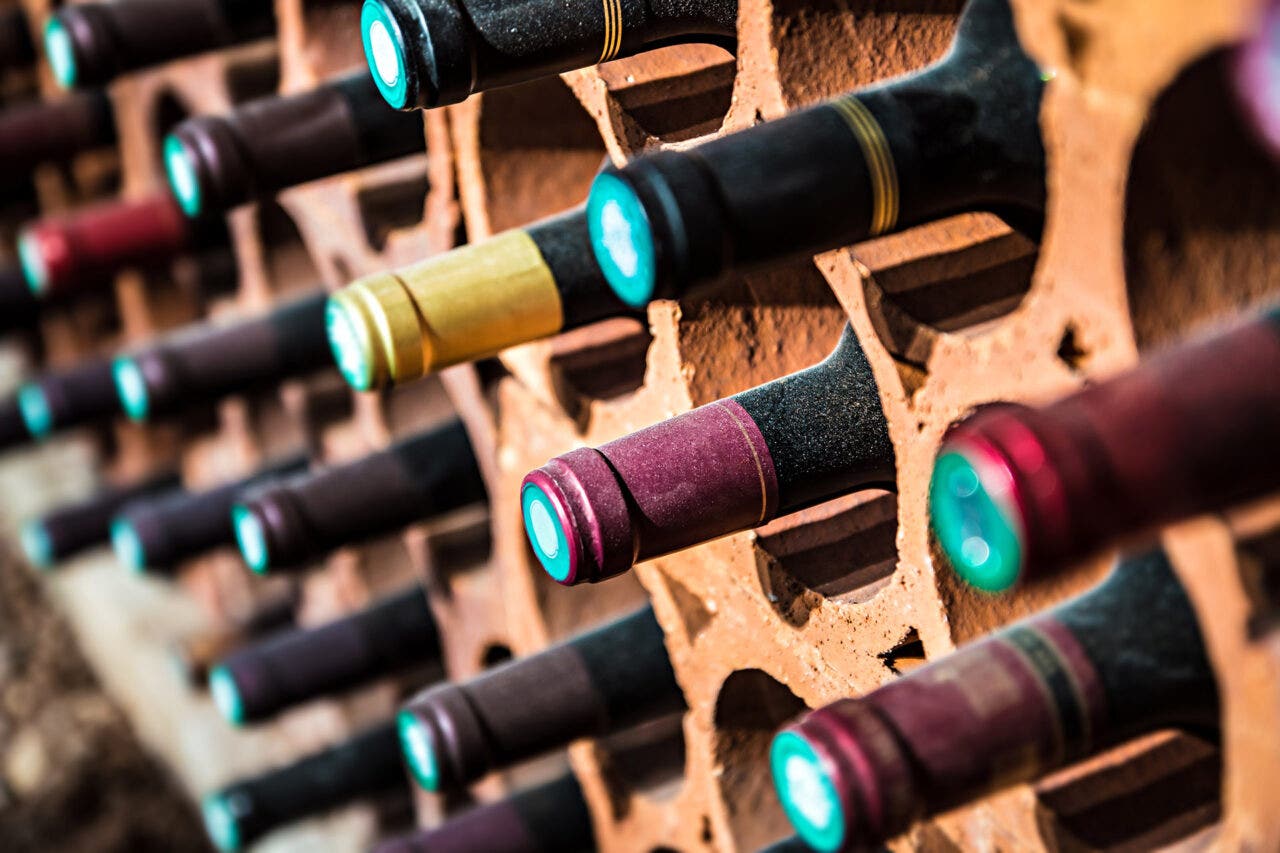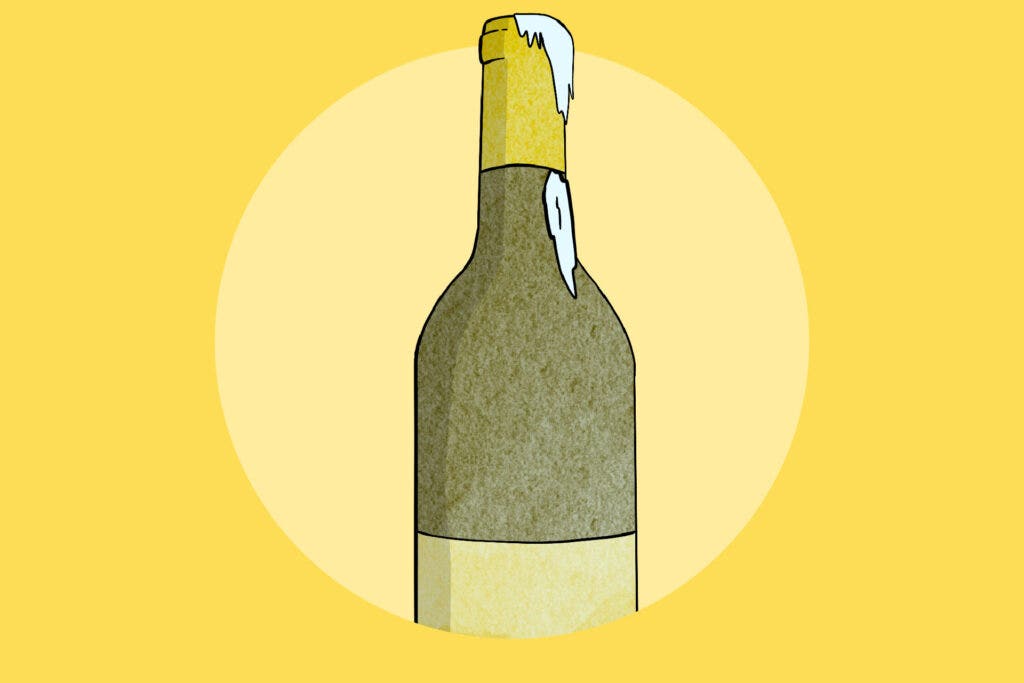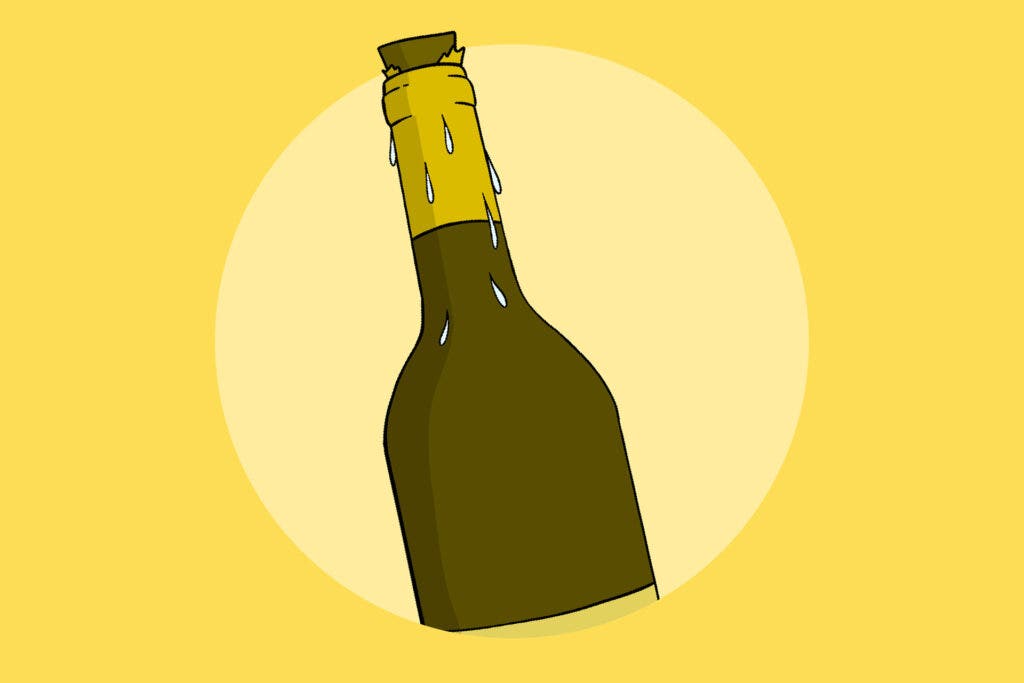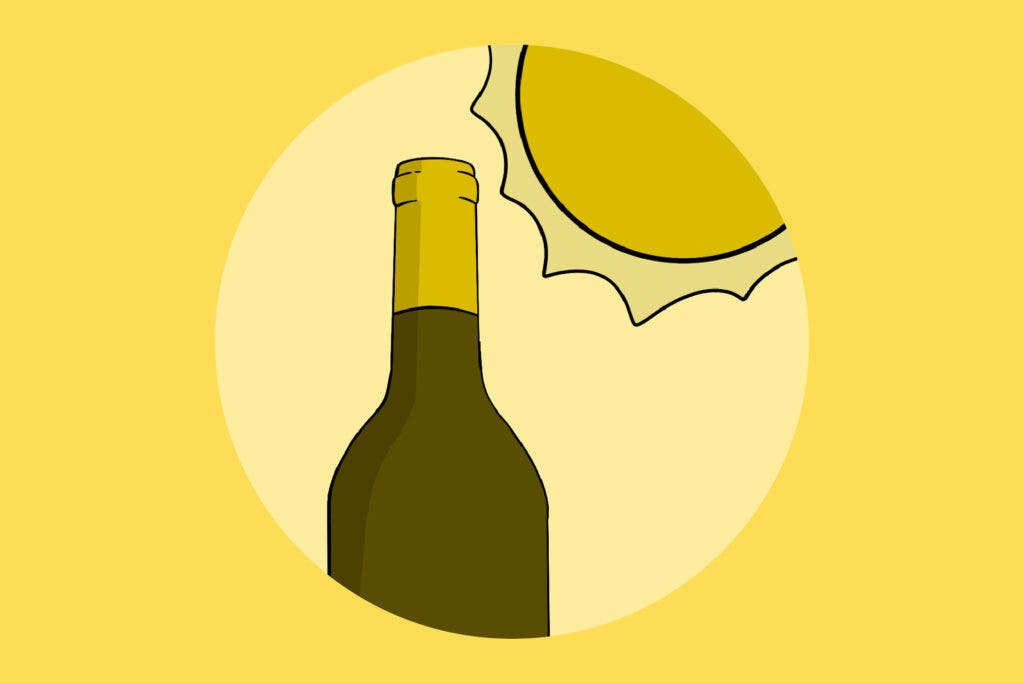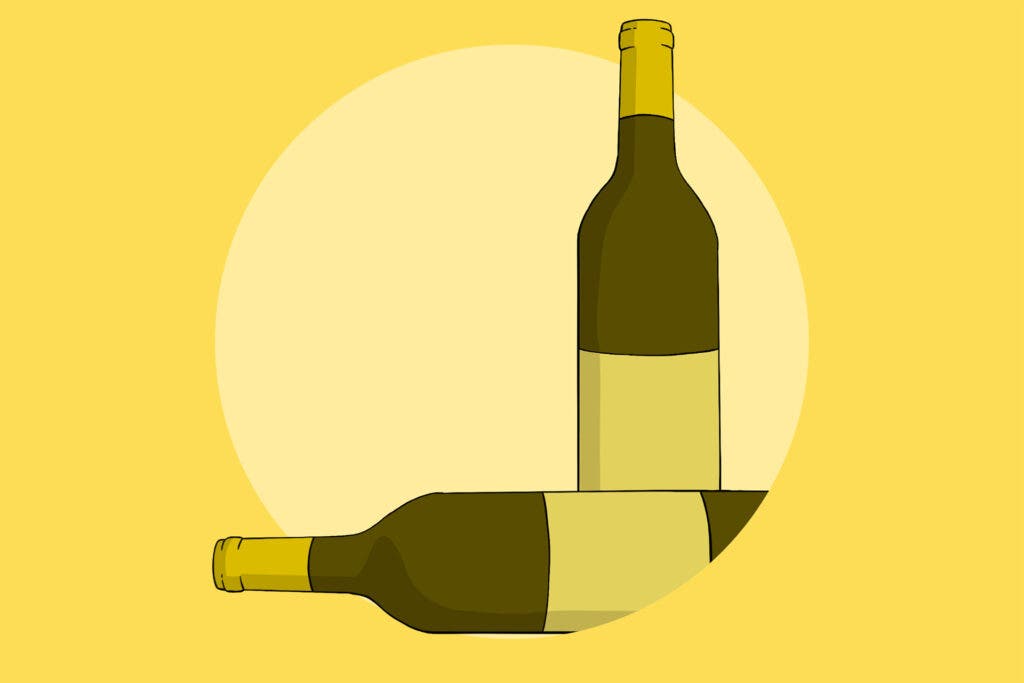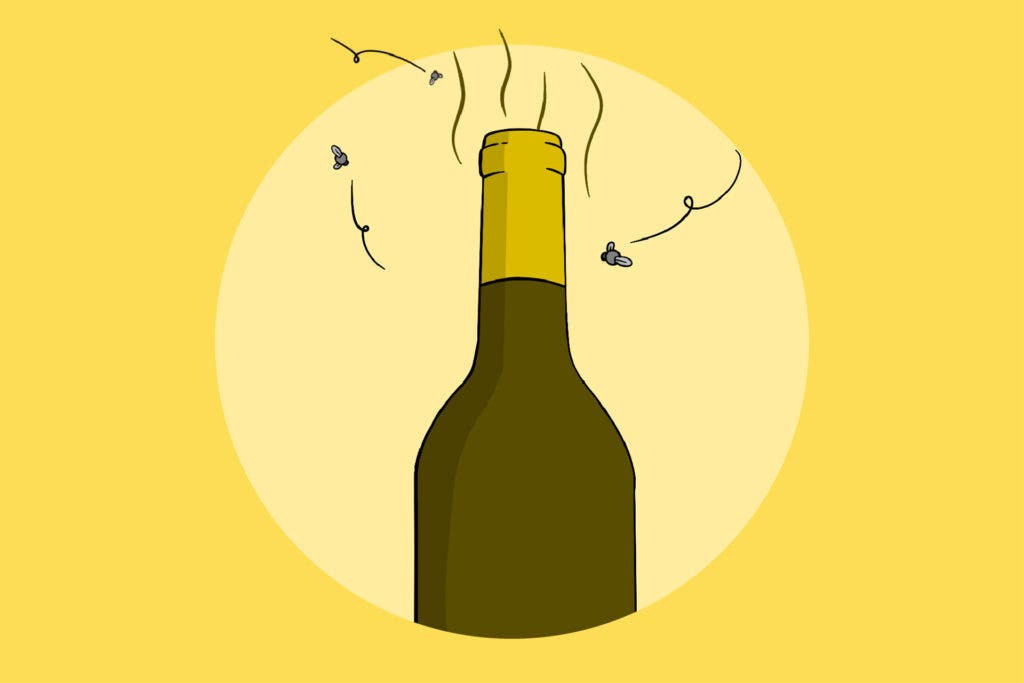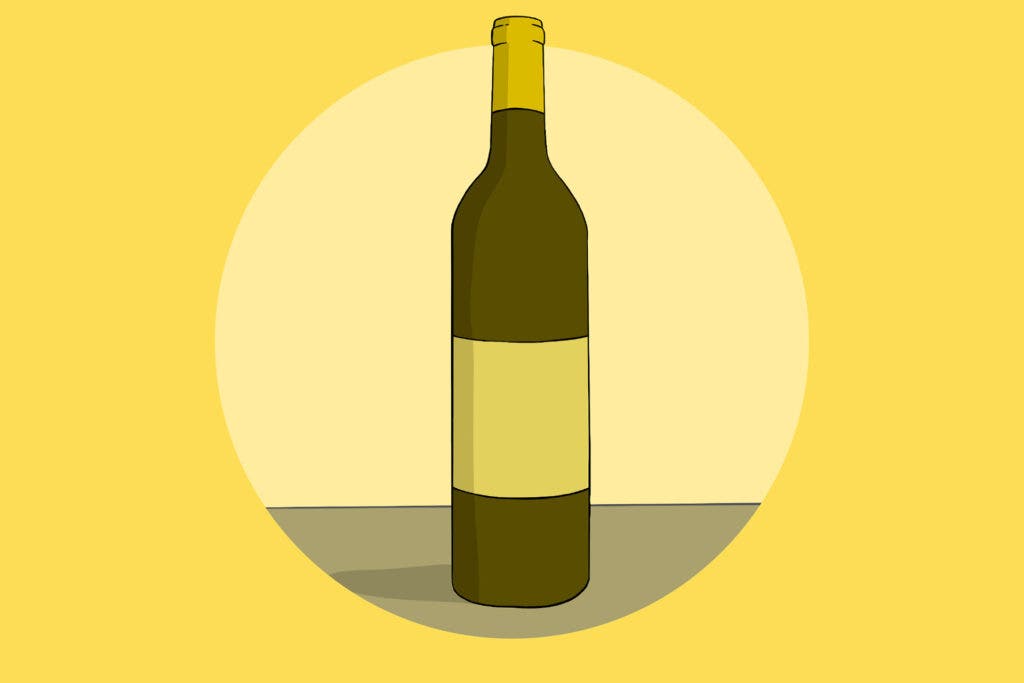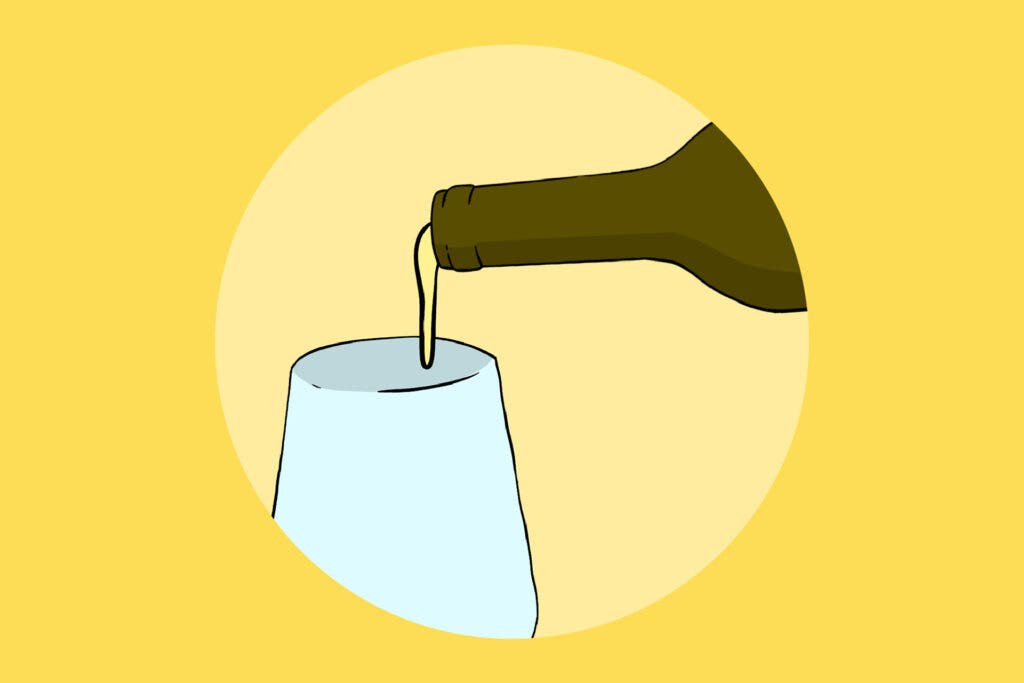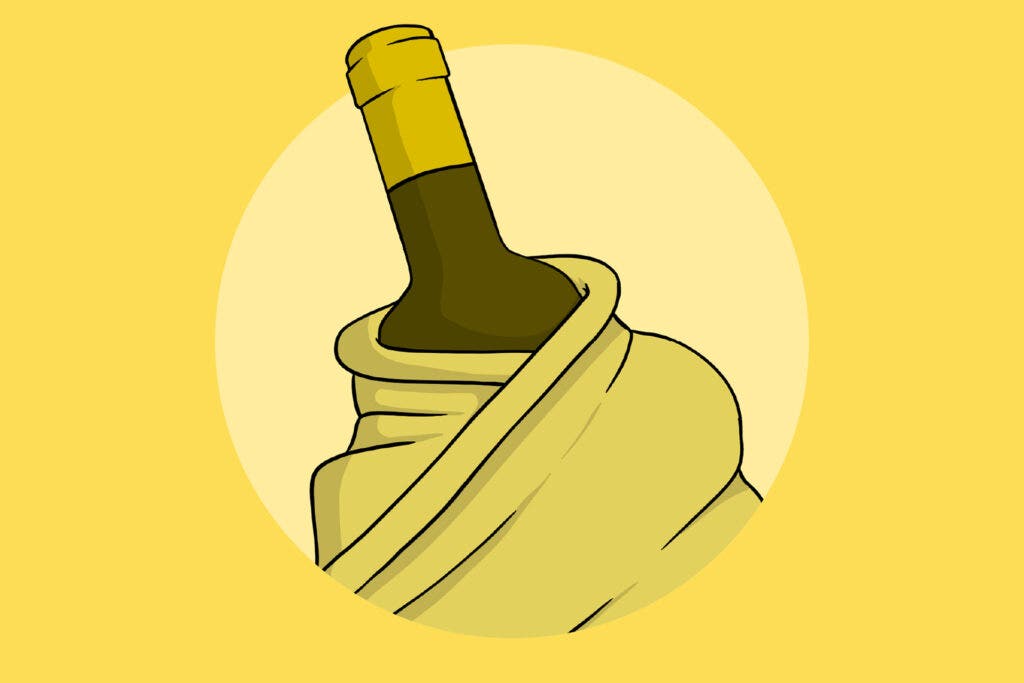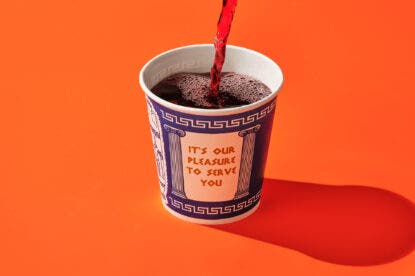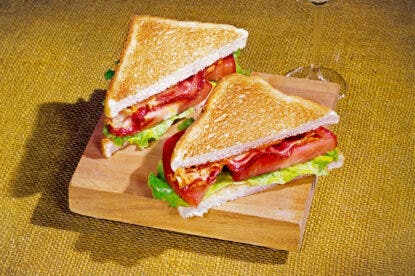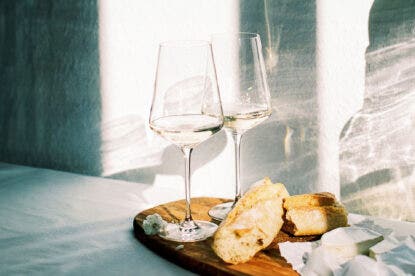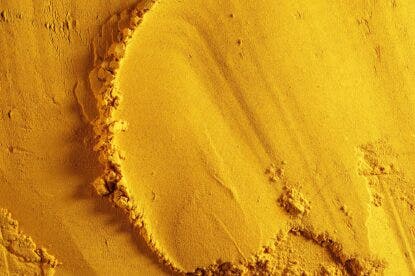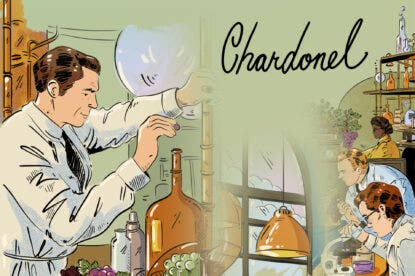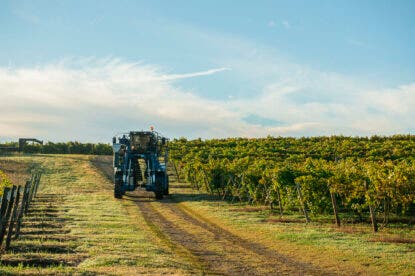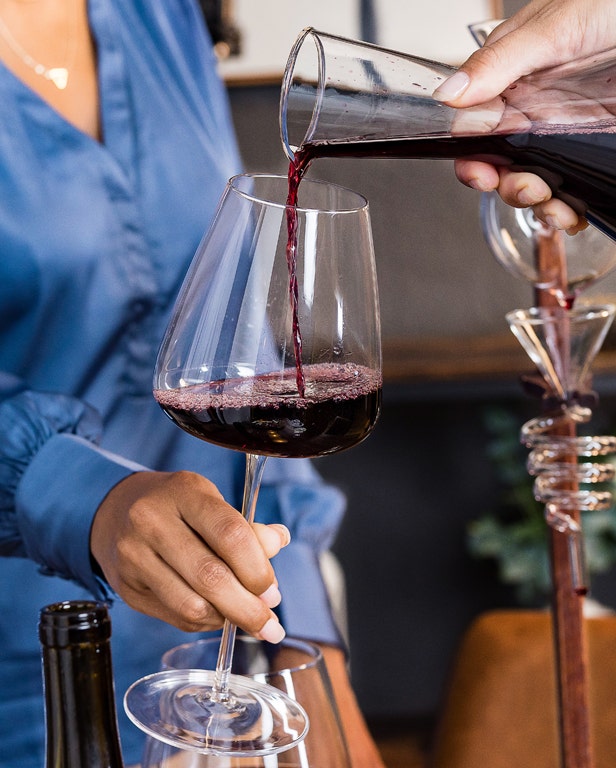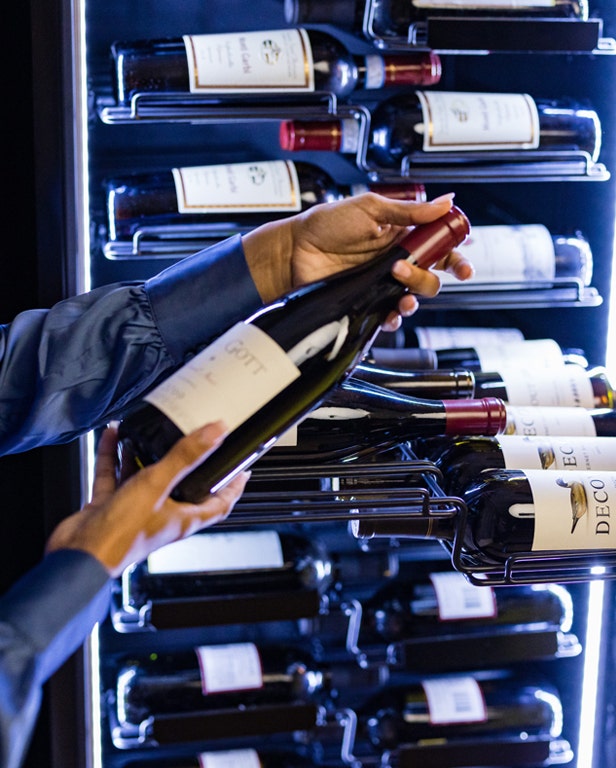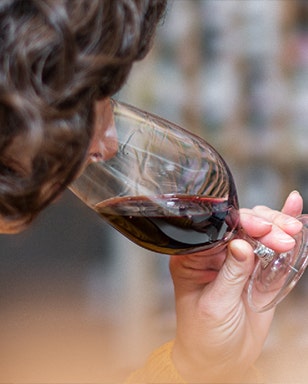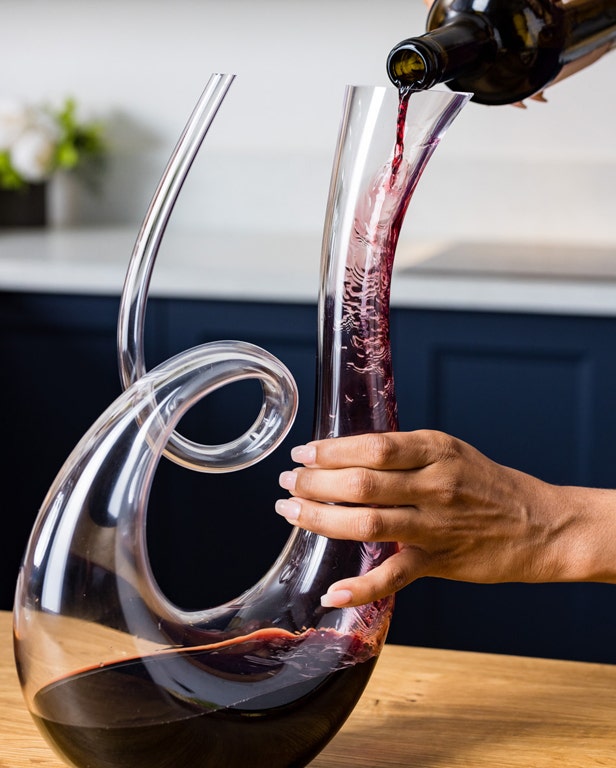Okay, so you bought a bottle of wine. Now what? Unless you plan to pop it open ASAP, wine needs to be stored properly.
Wine storage can mean a few different things, depending on the type of wine and who you are as a drinker. Whether you’re new to wine or looking to start an age-worthy collection, here’s everything you need to know about storing your bottles, starting with why we care about it in the first place.
Why Wine Storage Matters
Wine is highly susceptible to changes in its environment. This is true for those prized collectibles, as well as that budget bottle of Merlot you purchased from the grocery store.
“Wine is a living and breathing thing that is constantly evolving and changing,” says Wine Enthusiast’s Chief Revenue and Education Officer Marshall Tilden III. “This is why caring for your bottles is so important,” he continues. It can make the difference between a bold, fruity glass of Cabernet and, well, a bottle of lukewarm vinegar.
But before you learn how to properly store your bottles, it’s important to understand the elements that can wreck wine. Hop over to our piece on the five enemies of wine for all the deets, but here’s a quick rundown to save you some time:
1. Temperature
“Temperature is the most important enemy of wine to protect from,” says Tilden. Changes in temperature can disrupt the delicate balance of compounds that make wine aromatic and tasteful.
“When it’s too hot, you can have something called maderization where wine turns into vinegar,” further warns sommelier and Wine Enthusiast Tasting Director Anna-Christina Cabrales. This process is irreversible, leaving the wine “cooked” or “stewed” in an unrecognizable form.
But too-cold temperatures are problematic, too. “This is why wines aren’t shipped in the winter,” says Cabrales. “[The] wine will expand—especially if it freezes over—because part of wine is water and it will actually make the cork explode out.”
Tilden identifies the sweet spot for storing wine at around 55°F. “And that’s all wines—reds, whites, sparkling, fortified.”
2. Humidity
Wine corks rely on moisture in the air to stay in place. Too dry and the corks can shrivel, running the risk of premature oxidation. If we’re keeping score, that makes Wine: 0, Oxidation: 2.
Lots of moisture isn’t good, either. “If it’s too humid,” says Cabrales, “ the labels start to fall off and you could potentially build a cellar of mold.” Thank you, next.
“Somewhere around 50 to 80% is where you want the humidity to be,” says Tilden, “so that the corks can stay moist and oxygen can’t get in.”
3. Light
When wine is exposed to the sun for too long, it is said to be “light-struck.” Consider it a sunburn for wine that never goes away—and smells awful.
Ultraviolet (U.V.) rays interact with the compounds in wine to produce unpleasant changes in its structure and flavor. “Once they get in, they can break down the tannins,” says Tilden. “Tannins protect wine, [which is] why you can see white wines turn quicker than red wines, since they don’t have that tannin protection on them.”
According to Tilden, this is why many wines are packaged in dark bottles, which act just like a layer of SPF. But keeping wine away from light can avoid U.V. damage altogether.
4. Position
When wine is stored, you want it to experience as little movement as possible.
“Vibration can shake up the bottles to some degree, move the sediment around and can even create heat and friction inside the bottle,” says Tilden. “The molecular structure of the wine can change as that happens.”
Changes in structure equate to a changed experience while sipping. Like a bubble bath gone flat, it loses its entire appeal. Bottle position is also important for the cork.
“You want to lay the wines down on its side,” advises Cabrales. “That way the cork stays hydrated at all times.” Like controlling for humidity, this is another effort made to keep the cork moist and prevent oxygen from leeching in.
5. Odors
Wine “breathes” through its corks. “Off odors from a room or a garage can get into a bottle over time and really affect the flavors and aromas of the wine,” says Tilden. Cigar smells are another common culprit.
The TL;DR: Maybe don’t keep your wine near the trash or your cat’s litterbox.
How to Store Everyday Wine
Not all wine is produced with the intention of aging. In fact, most aren’t.
“A lot of wines are meant to be consumed young,” says Tilden. “They’re early and fresh and vibrant. And they’re not gonna get better.”
Plus, the casual wine drinker or regular dinner host probably isn’t choosing bottles from a cellar selection of collectibles. For everyday wine, the how-to for storage is simple.
“Ideally, you would put it in a dark space with a bit of humidity to it and that is of a relatively cool temperature,” says Cabrales. Leaving a bottle on the counter at room temperature will do the trick. Even a closet or pantry works.
“Just be sure to keep your bottles away from sunlight or heat sources,” she continues. “God knows I’ve been in enough restaurants where you see the wine and you know that it’s been stored by the boiler or something.”
The refrigerator is another great option if you’re planning to pour it out within a few days. Cold temperatures can slow down the aging process and protect from maderization, a form of oxidation that can give white wine a brownish color and caramelized flavor. However, refrigerators can get a bit too cold, so try not to store all your wines in there for a long amount of time.
If you’re fancy and can afford it, a wine cooler can correct this issue by reproducing cellar manageable temperatures, as well as humidity. But even wine pros like Cabrales rely on a standard refrigerator.
“I have about 10 bottles in the fridge at all times,” she shares. “Even if it’s to give them away, so that they’re at a great temperature when consumed,” she says.
Keep in mind, however, that storage temperature is different from serving temperature. (That’s a whole other subject.)
The main takeaway for short-term storage? Not too hot, not too cold. “It’s like Goldilocks,” says Cabrales. A dark countertop, fridge or wine cooler can be perfect.
How to Store Wine After Opening
Wine can take a turn for the worse after being opened. Why? Uncorking a bottle exposes the wine to oxygen. And as we know from the effects of humidity, exposure to oxygen runs the risk of spoiling the wine.
“My advice is to always pour it out into a glass and put the cork back on right away,” shares Cabrales. It’s a best practice to keep the wine open and exposed for as little time as possible, regardless of where you plan to store it after.
Tilden uses an alternative solution to preserve his wine. “If you have an open bottle, you want to have a vacuum pump or something to pull the air out so that [the wine] stays fresh.” Typically, he puts them in the fridge to further prevent the effects of oxidation.
How to Store Wine Long-Term
If you stand somewhere between a laid-back drinker and an avid collector, your storage system may warrant an upgrade.
Wine refrigerators are one option that can help take the guesswork out of storing wine properly. But how exactly are they different from standard fridges?
According to Tilden, the two serve different functions. “An everyday fridge is made to keep a wide variety of perishables cold and dry, so salad, bread, baloney and beer all live happily together in an average temperature of 40°F,” which is too cold and dry for the fragile makeup of wine. Wine refrigerators provide a more suitable climate and often have features that control for vibrations and odors—something to consider, amongst other factors, when selecting the best fridge for your needs.
In addition to providing an aesthetically pleasing way to show off your bottles, wine racks are another long-term storage solution. They come in different shapes, sizes and styles—from wooden display shelves to compact table-top wire racks.
Sleek Design, Maximal Storage
Rated the “Best Overall” wine fridge by Food & Wine, our 32-Bottle Dual Zone MAX Compressor Wine Cooler boasts “excellent capacity, accurate temperatures,” and other sweet features.
How to Age Wine Without a Wine Cellar
Now for those bottles that you want to wait a bit longer before consuming.
Wine has a lifecycle. The purpose of aging wine is to bring out tertiary flavors and textural changes that can only develop with time, given the proper storage condition to do so. This is the point of a wine cellar: to control for those factors that impact the quality of age-worthy wine and take the guesswork out of storage. And, perhaps, to show off your collection in style.
However, most of us don’t have an elaborate wine-rack system in our basements. In this case, storing wine properly is a matter of recreating cellar conditions at home.
Start by choosing the room. “Somewhere that’s cool, dark and damp is your best bet,” advises Tilden. A basement or garage is perfect, so long as pungent odors stay at bay.
To protect your bottles from light, try a cupboard or pantry. Another option: Cover them with a blanket. Not only does this help protect bottles from the sun, but it also keeps wine cozy during cold winters.
Wherever you choose to store your bottles, remember to lay them down on their sides. That way, the corks stay moist throughout the aging process.
Although aging can bring a wine to its peak quality, its decline can happen quicker than you think. “It’s always better to open a wine a bit too soon, when it can still be shared and enjoyed, than too late,” says Tilden.
There’s always something worth celebrating, so don’t wait too long to pop that special bottle.
Published: November 22, 2022




